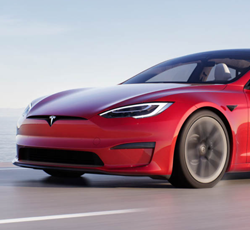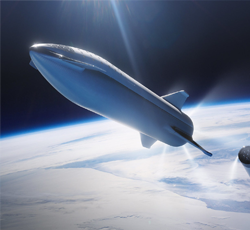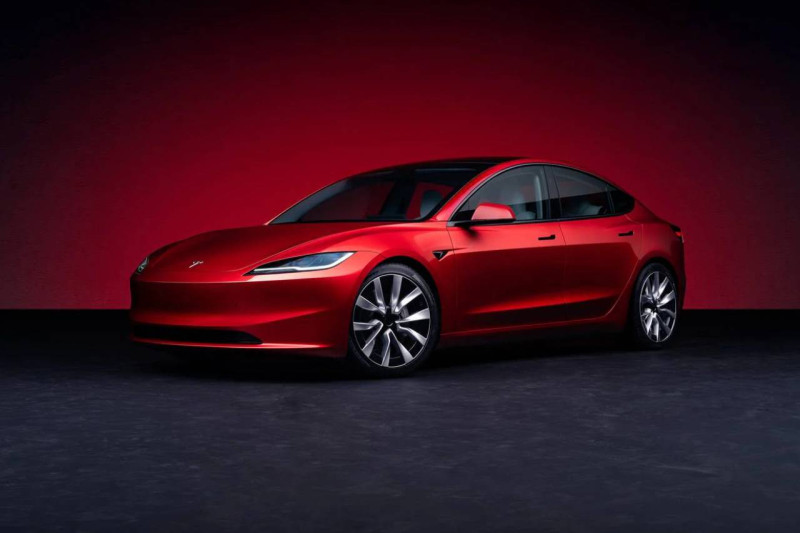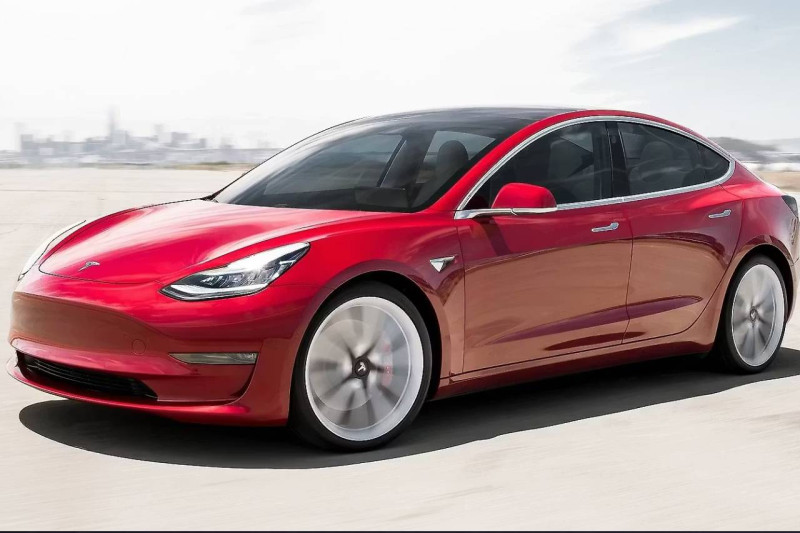
SpaceX loses contact with its Starship on 9th test flight after last 2 ...
- by CBS News
- May 28, 2025
- 0 Comments
- 0 Likes Flag 0 Of 5

CBS News Space Consultant
Bill Harwood has been covering the U.S. space program full-time since 1984, first as Cape Canaveral bureau chief for United Press International and now as a consultant for CBS News. in January
and March, SpaceX launched another Super Heavy-Starship rocket Tuesday on the program's ninth test flight, but ran into fresh problems that resulted in the loss of both stages before they could carry out controlled descents to splashdown.
The Super Heavy first stage, following a deliberately steeper, more stressful descent trajectory toward splashdown near the Texas Gulf Coast, suffered a catastrophic failure at the moment its engines reignited for what would have been a relatively gentle splashdown.
SpaceX's mega rocket Starship launches on a test flight from Starbase, Texas, on May 27, 2025.
Eric Gay / AP
SpaceX confirmed the stage had been lost, but given the extreme nature of the testing, the loss was not an out-of-the-blue surprise. The Starship upper stage, meanwhile, managed to make it into its planned suborbital trajectory after an apparently flawless performance from its six engines.
But a few minutes later, a door on the side of the rocket failed to open, preventing the planned release of simulated Starlink satellites in a test of the rocket's Pez-like deployment system.
With that test deferred to a future flight, SpaceX engineers hoped to reignite a single Raptor engine to test its start-up capability in space. But an apparent propellant leak put the spacecraft into a slow spin that ruled out the restart and a controlled reentry and splashdown.
The Starship has to enter at the right angle and in a precise orientation to survive reentry heating and aerodynamic "loads." Entering in a spin doomed the Starship to a catastrophic breakup.
"Starship made it to the scheduled ship engine cutoff, so big improvement over last flight!" SpaceX founder and CEO Elon Musk wrote on X. "Also, no significant loss of heat shield tiles during ascent. Leaks caused loss of main tank pressure during the coast and re-entry phase. Lot of good data to review."
He added that the Super Heavy launch cadence for the next three flights will be faster, at approximately one per month or less, assuming, of course, engineers reviewing telemetry can quickly pin down what went wrong and implement fixes to correct the problems.
SpaceX's next-generation Starship spacecraft atop its Super Heavy booster is launched on its ninth test at the company's launch pad in Starbase, Texas, U.S., May 27, 2025.
Joe Skipper / REUTERS
The huge rocket's launching, known as Integrated Flight Test 9, got underway with a ground-shaking liftoff at 7:37 p.m. EDT from SpaceX's sprawling Boca Chica, Texas, manufacturing and flight facility — Starbase — on the Texas coast.
The mission featured the first use of a previously flown Super Heavy first stage, which flew itself back to capture by giant mechanical arms
on the launch tower during the program's seventh test flight in January.
For the program's latest launch, the Super Heavy, powered by 33 methane-fueled Raptor engines generating up to 16 million pounds of thrust, followed the same ascent flight plan as previous missions, propelling the Starship upper stage out of the thick lower atmosphere on an easterly trajectory toward the Straits of Florida.
Equipped with six Raptors of its own, the 160-foot-long Starship separated from its booster about two and a half minutes after liftoff, heading for a suborbital trajectory carrying it toward a planned vertical splashdown in the southern Indian Ocean.
The Super Heavy, meanwhile, used a different method for flipping around for the trip back to the launch site in a bid to save propellants. It was also programmed to fly a much steeper descent than usual to learn more about the thermal and aerodynamic stresses it can safely endure.
"The booster will attempt to fly at a higher angle of attack during its descent," SpaceX said on its website. "By increasing the amount of atmospheric drag on the vehicle, a higher angle of attack can result in a lower descent speed which in turn requires less propellant for the initial landing burn."
"Getting real-world data on how the booster is able to control its flight at this higher angle of attack will contribute to improved performance on future vehicles, including the next generation of Super Heavy," SpaceX said.
As a result of the high-stress tests, SpaceX targeted a splashdown in the Gulf instead of attempting a launch pad capture where critical infrastructure could be damaged in a landing mishap.
As it turned out, that was a good decision.
Launch attempt follows two Starship breakups
Tuesday's launch came on the heels of back-to-back Starship upper stage breakups during the two previous test flights that generated spectacular showers of flaming debris along the flight paths.
Since then, SpaceX engineers have carried out extensive testing and implemented multiple upgrades and improvements to minimize the chances for similar failures. The Federal Aviation Administration, which oversaw both failure investigations
, gave SpaceX permission to proceed with IFT-9 last week after wrapping up the IFT-8 review.
"The FAA conducted a comprehensive safety review of the SpaceX Starship Flight 8 mishap and determined that the company has satisfactorily addressed the causes of the mishap, and therefore, the Starship vehicle can return to flight," the agency said in a statement. "The FAA will verify SpaceX implements all corrective actions."
Please first to comment
Related Post
Stay Connected
Tweets by elonmuskTo get the latest tweets please make sure you are logged in on X on this browser.






 Energy
Energy



















